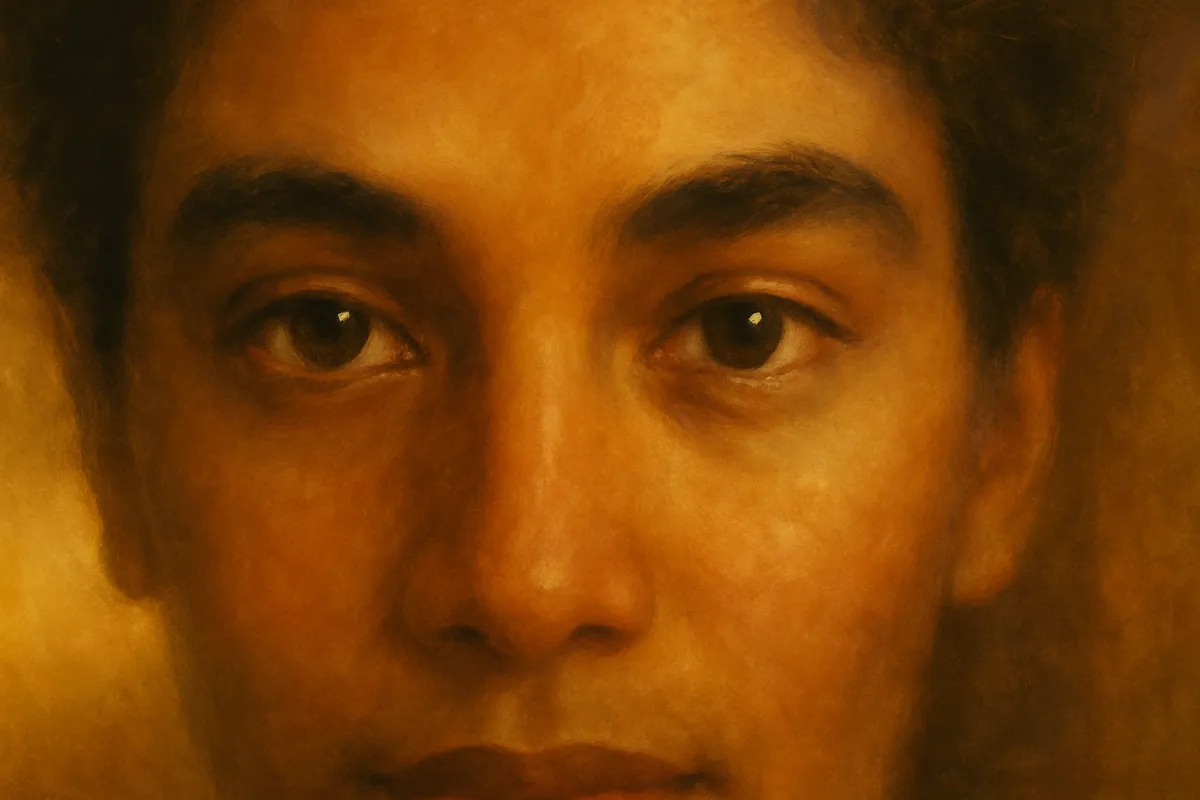
To Cabeceo Or Not To Cabeceo
[Photo Credit: Sora]
It’s a move that requires no steps, just timing and a bit of nerve: the cabeceo is tango’s quiet, coded invitation — a glance, a nod, a connection made from across the room. But where did it come from, and why is it still so important?
👀What is the cabeceo, really?
At its simplest, the cabeceo is a nonverbal way to invite someone to dance. It involves eye contact and a small nod, given across the floor or from a nearby seat. If accepted, the other person nods back or meets you on the dance floor.
Tip: If you're being invited, always wait for inviter to come to you to avoid accidental miscommunications (speaking from experience!)
But in practice, it’s a nuanced ritual. The cabeceo is about consent, subtlety, and social flow. It allows both partners to agree without public pressure, and it preserves the smooth circulation of the ronda without awkward rejections mid-floor.
If you’re inviting:
Position yourself where you can be seen. Too far? They may not catch it. Too close? It can feel pushy.
Make deliberate but relaxed eye contact with the dancer you’d like to invite.
When they look back, hold the gaze for a moment and give a clear, small nod — confident, not rushed. If you seem unsure, they may feel unsure too.
If they nod or smile in return, that’s your yes. If they look away or seem distracted, that’s a gentle no, and that's okay!
Not sure they saw you? Try once more, slightly more obvious (maybe a higher eyebrow raise or a deeper nod). If they still don't engage, it's likely they are avoiding your gaze. It's best to take the hint and move on.
Sidebar: There are many reasons someone might decline a dance, and sometimes you will never know. It took us 2 episodes of our podcast to cover that (Rejection Part I & Part II). If you’re really curious, you can ask later — but sometimes, the answer is less important than finding those who do enjoy dancing with you.
If you’re being invited:
If you’re open to being invited, make yourself visible. Scan the room occasionally, especially between tandas.
Maintain relaxed body language and sit or stand in a way that invites connection. If you're among a cluster of similar roles (e.g., six followers or leaders in a row), others might hesitate to cabeceo for fear of confusion.
If someone makes eye contact, you can respond with a nod or smile to accept — or look away calmly if you’re not interested.
A clear “no” helps and you don’t owe an explanation. Ignoring someone can leave them wondering if you even saw them — which may prompt a second, more insistent attempt. A brief glance and a look-away can go a long way!
Want to increase your chances of a "yes"? Start by paying attention to the music, the moment, and the person — not everyone likes every tanda, and not every dancer clicks with every song. The more you understand their style, preferences, and energy, the better your invite will land.
🤔 How did it start?
Theories vary, but most agree the cabeceo originated in Buenos Aires in the early 1900s. In crowded or conservative settings, direct approaches weren’t always feasible. Eye contact became the elegant workaround. Some say it also protected dignity — a declined invitation could be silently dismissed, with no one the wiser. It turned rejection into a quiet, face-saving act.
✨ Why do people still use it?
The cabeceo has endured because it works. It creates a shared language among dancers around the world. And beyond etiquette, it builds anticipation. That eye-lock before a tanda? That’s tango magic.
Still, it’s not perfect. Misreads happen. Lighting can make things unclear. Some dancers accept invitations they didn’t mean to. And for newcomers, the cabeceo can feel like a secret handshake they weren’t taught.
Without explanation, the cabeceo can become a barrier. Dancers unfamiliar with it may feel invisible or unsure how to participate. Others may struggle with gendered assumptions or feel locked out of a code they don’t yet understand.
The solution? Awareness. A smile, a brief explanation, or even a small gesture of inclusion can change someone’s whole night.
🌍 Should we still use the cabeceo?
Some say it’s outdated — too cryptic, too rigid, too rooted in past social norms. Others swear by its elegance and subtlety. As with most things in tango, the answer isn’t black and white.
It depends on how it’s practiced.
When done with care, the cabeceo is graceful and empowering. It allows for clear consent, uninterrupted flow, and mutual choice. But when it’s treated as gospel or left unexplained, it can feel exclusionary.
We believe the cabeceo deserves a place — as an option, not a requirement. It should be explained to new dancers, modeled with kindness, and practiced with respect.
And yes, sometimes asking verbally is just fine — especially among friends or familiar faces. If inviting someone new, be thoughtful. Respect a no. A good tanda doesn’t begin with pressure — it begins with mutual clarity.
In the end, whether you’re nodding, smiling, or asking out loud, the goal is the same: invite someone into connection, not expectation.
Written by Vienna Tango School with research and drafting support from ChatGPT (because even the cabeceo could use a second set of eyes).


